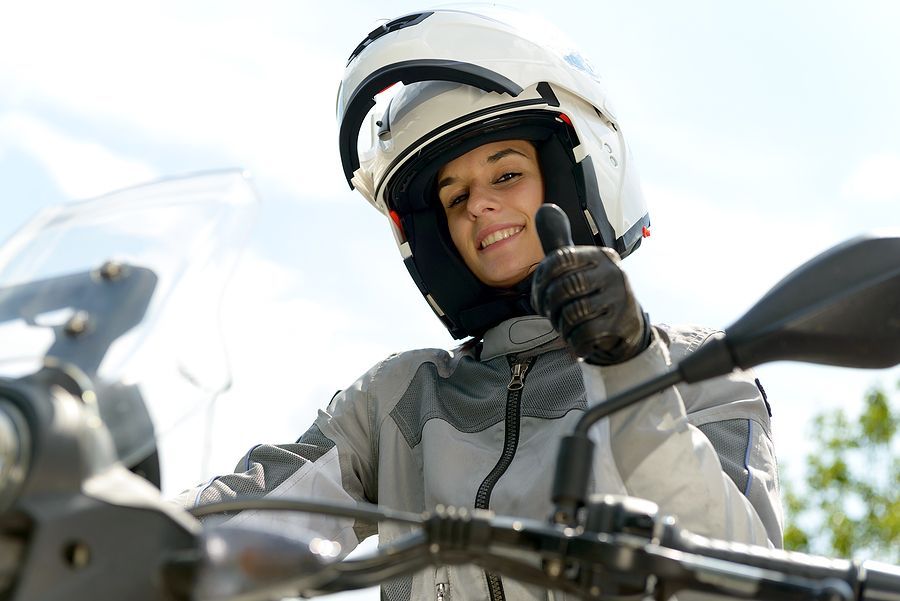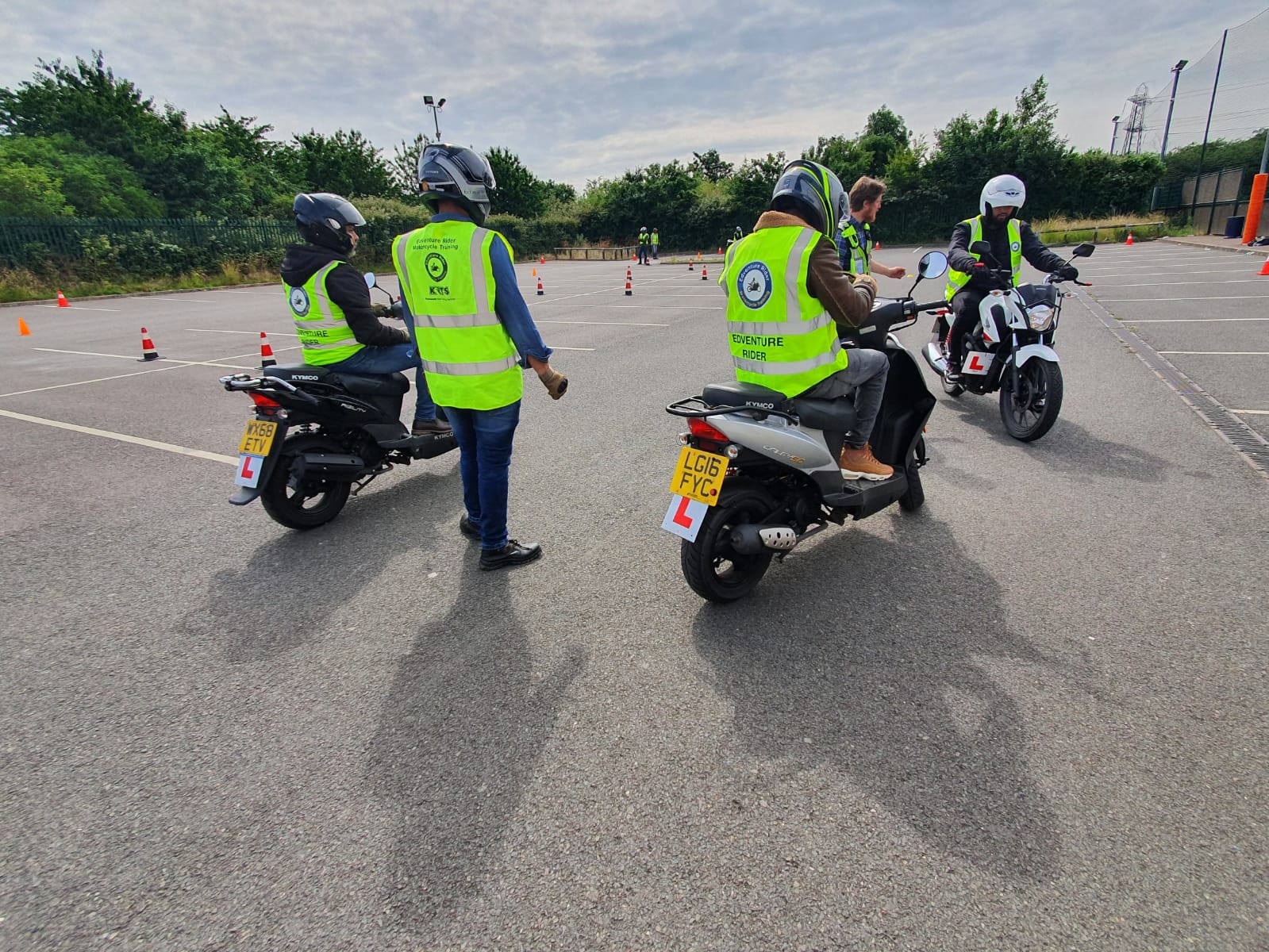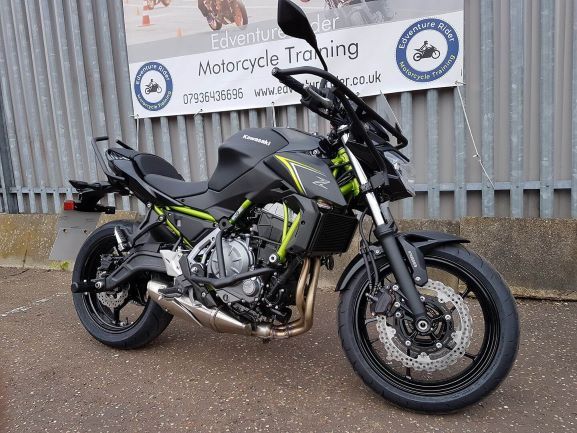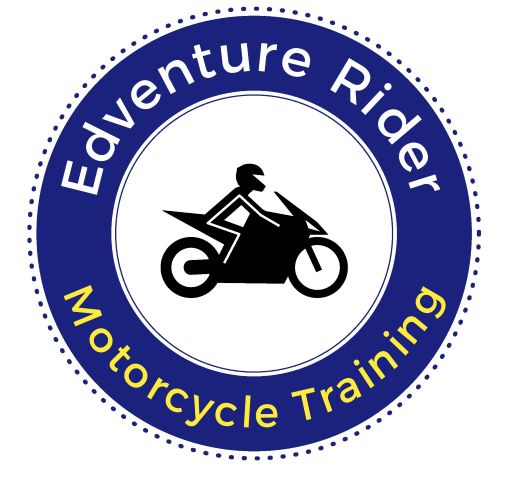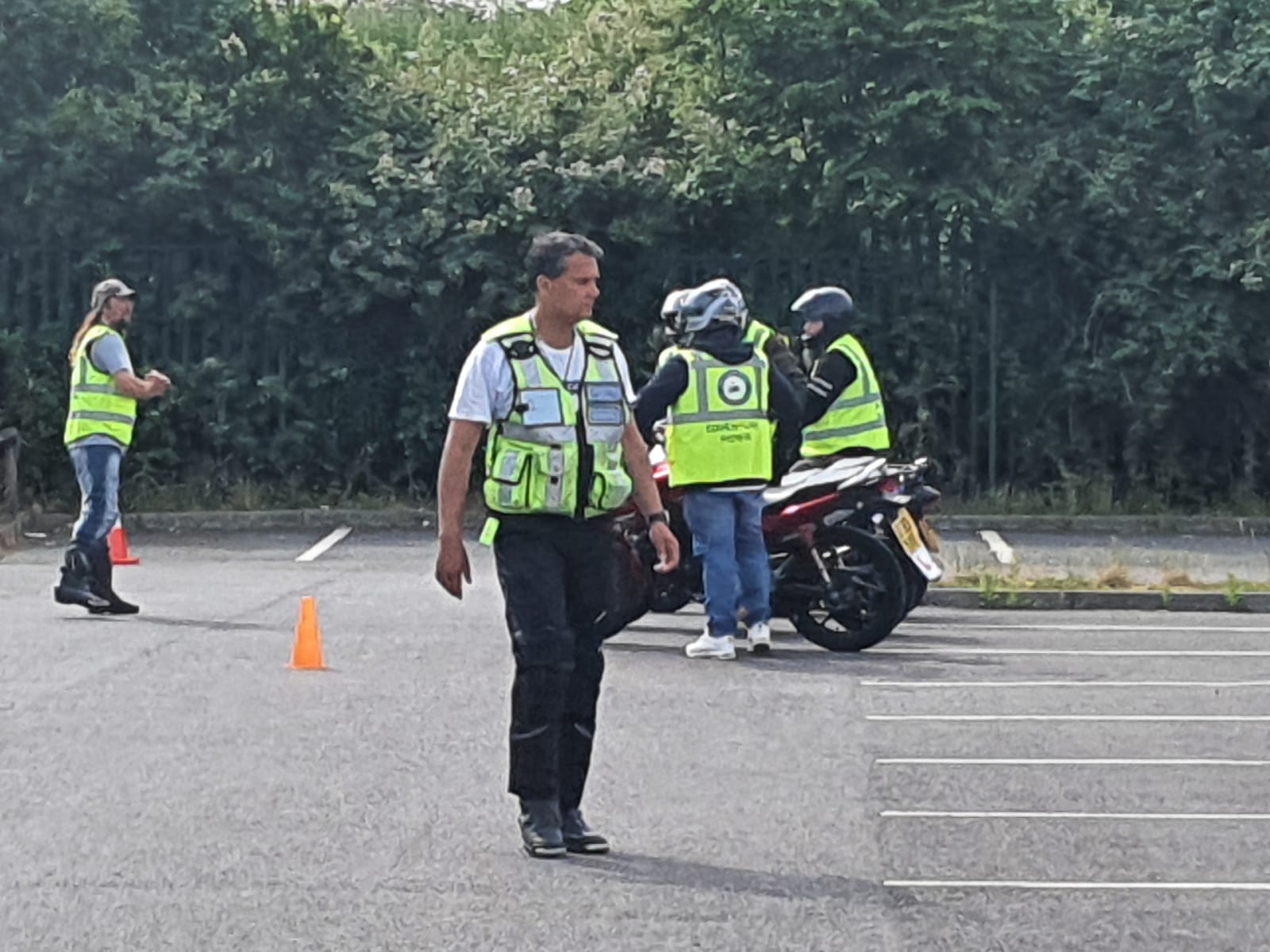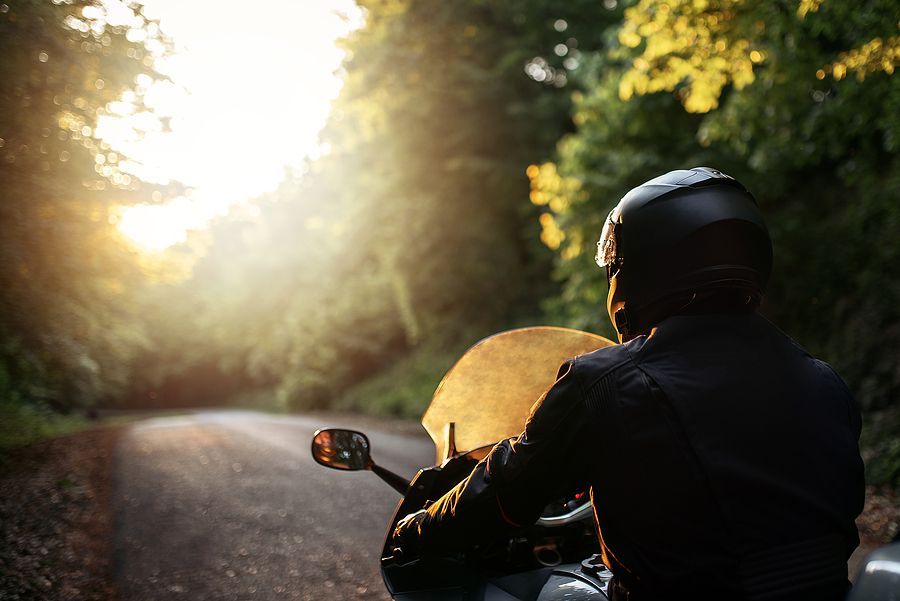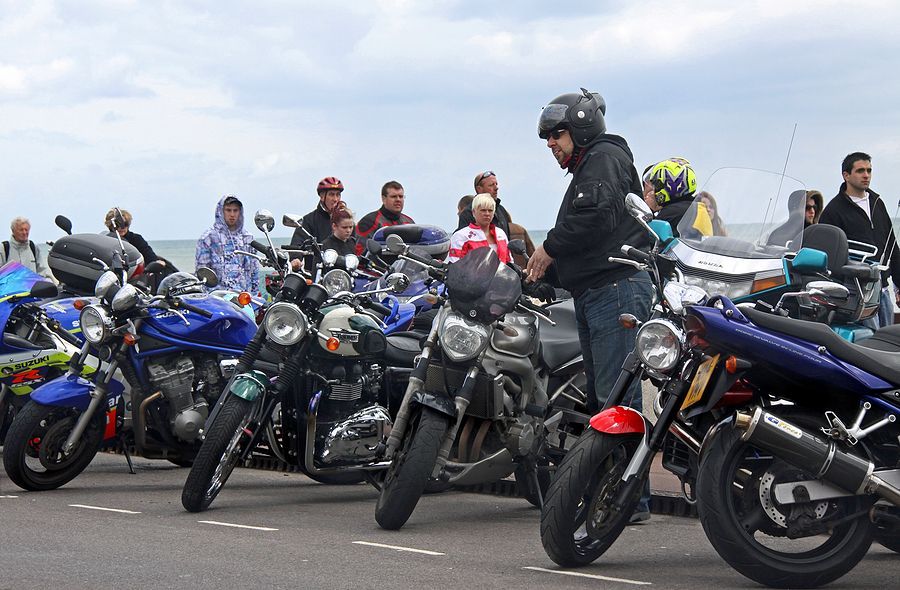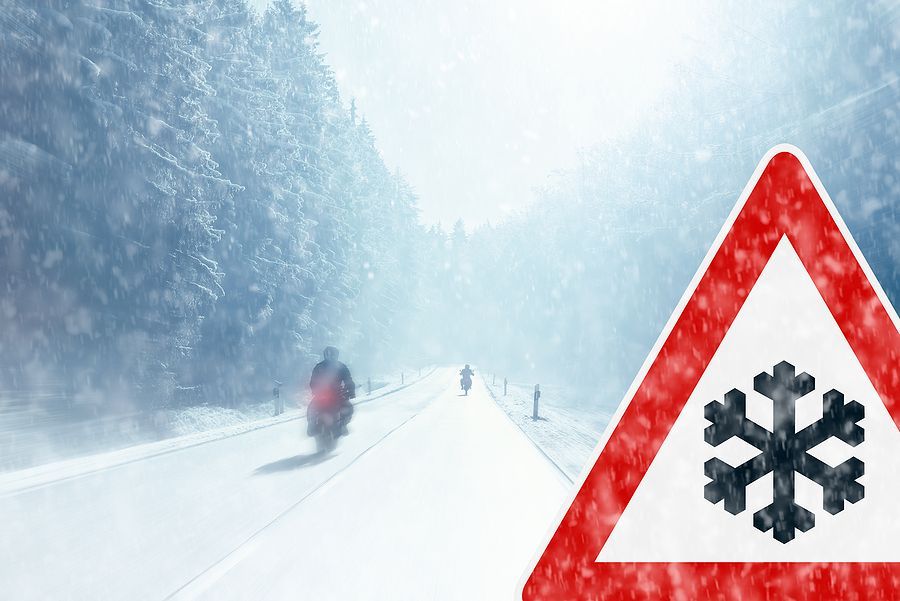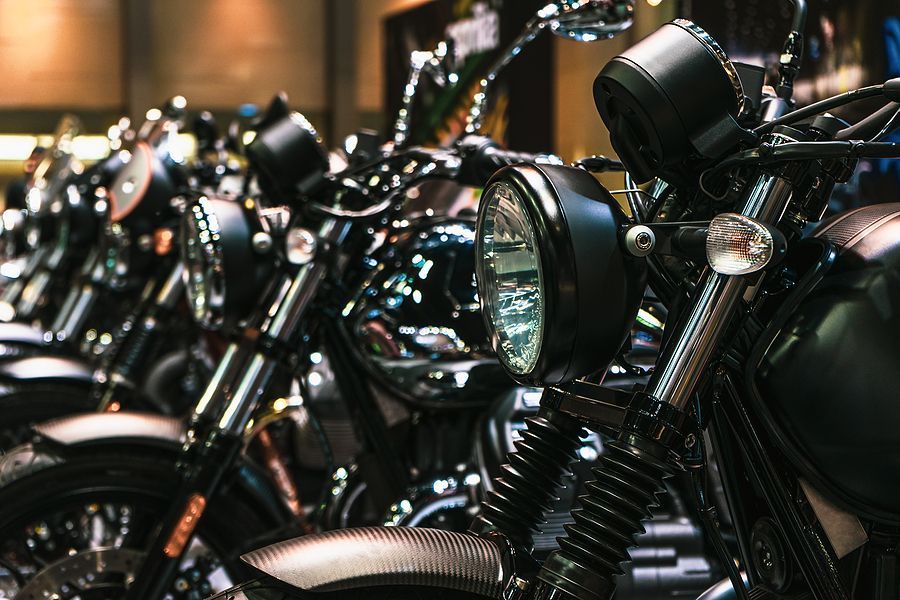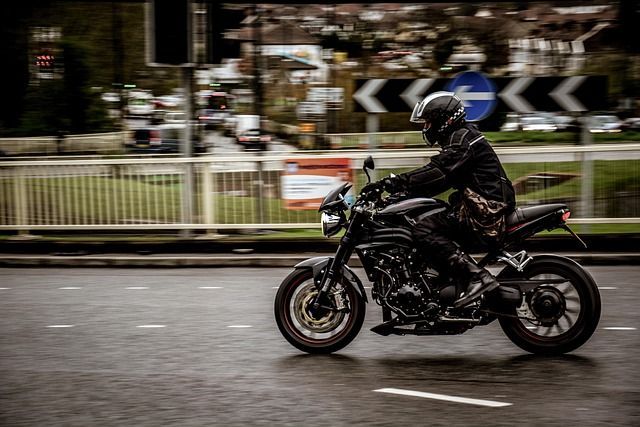When Ducati Made One Of The Most Polarising Motorbikes Ever
When new riders go to a motorcycle driving school, the bike they tend to learn on has an understandable set of controls, is predictable in its delivery of performance, stable when steering and is very reliable and easy to run.
There are a lot of bikes that fit these requirements, but the most popular of them come from the so-called Big Four of Honda, Suzuki, Kawasaki and Yamaha, all of which are Japanese and have dominated the industry since the 1960s.
The responses from other companies ranged from Harley Davidson leaning on its heritage and other companies such as Triumph relying on their racing pedigree, Ducati tried to create a direct competitor, the results of which caused a controversy like no other.
After Ducati were bought out by fellow Italian motorcycle company Cagiva, who at one point considered getting rid of the historic name entirely, but instead opted to make a bike that was as innovative and stylish as the increasingly powerful Japanese sport bikes and superbikes of the era.
The result, designed by Massimo Tamburini, was the
Ducati Paso 750, a surprisingly sleek, aerodynamic and futuristic-looking fully-enclosed bike completely at odds with Ducati’s house style of the era.
The looks, particularly in Ducati’s traditional red colour scheme, were dramatic, stark and almost universally beloved, but every other aspect of the bike was far more controversial.
The sacrifice in opting for such a streamlined design is that it required some fundamental shifts in the design of the bike, including a single carburettor, a lack of sufficient air intake to cool the bike’s internals, meaning that the choke would pop out and randomly cause the engine to stall.
The engine was also too far forward, requiring a complex fuel pump that often worked too well, flooding the carburettor, which at low speeds tended to leave the engine stalled.
The Paso 906 replaced it in 1989, which used liquid cooling to fix many of the issues, but by this point, it was too late to save the name, although Ducati would continue to be one of the biggest names in the motorcycle world, particularly outside of Japan.
